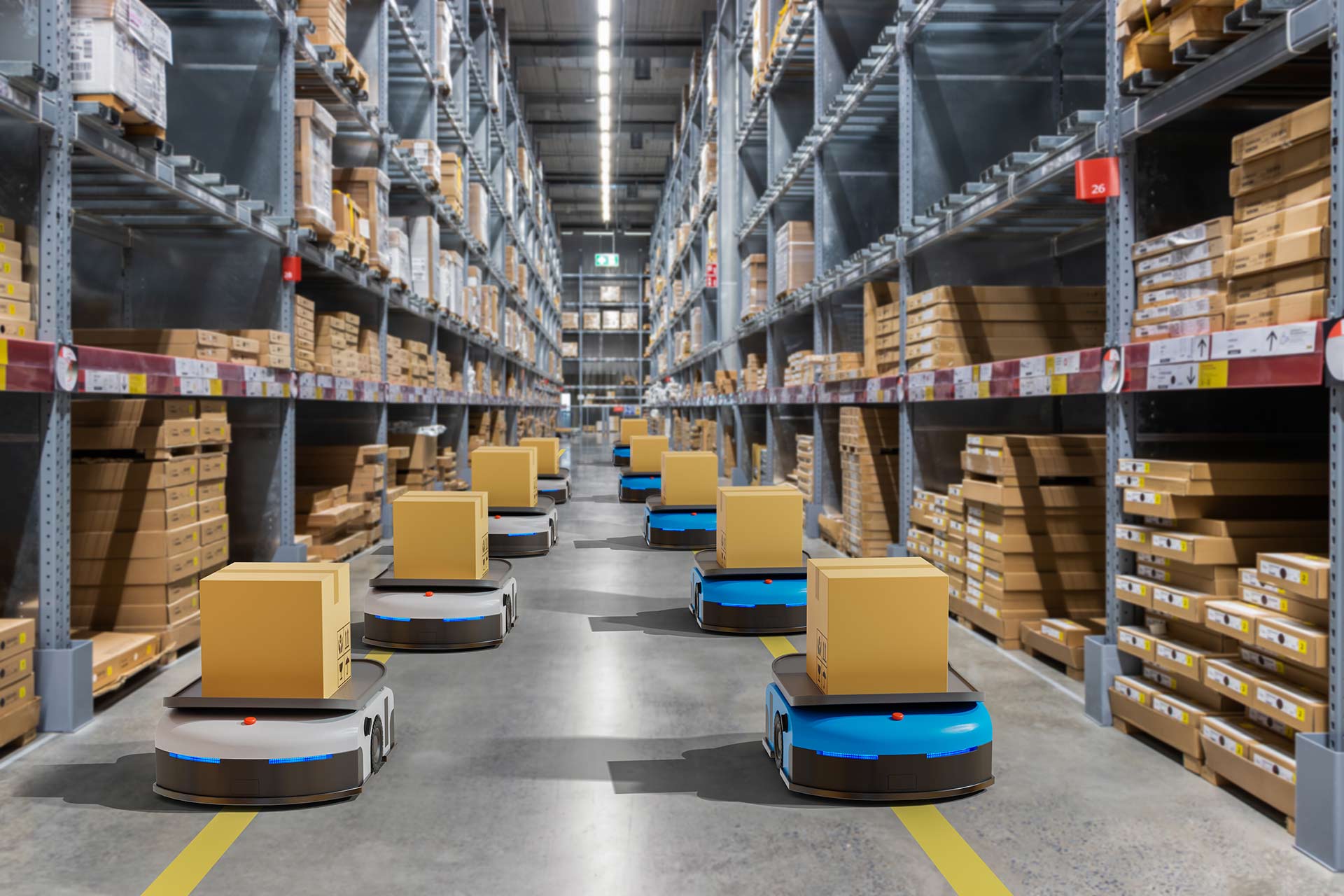
Optimizing supply chain with AI and analytics
Key takeaways
AI and analytics are transforming supply chain workflows across industries. Companies can use AI and analytics to reduce language barriers, improve forecast demand, improve customer service, and streamline supply-chain procedures. The list is simply endless in terms of efficiencies as well as returns. Apart from the most apparent areas where the supply chain can affect your workflows, it can also prove to be a domino effect leading to a positive impact on the processes to follow.
Tenzai commits to showing impact within our engagement within 12 weeks. Learn how we help manufacturers to derive value from data and analytics expertise to transform your organization.
Supply chain management is responsible for controlling the movement of products and services, cash, and information. The way firms transport goods and information, both internally and among partners across the supply chain optimization system, is always changing as new technologies emerge and the scale of businesses grows.

Artificial Intelligence (AI) is a novel technology that is altering supply chains across a variety of industries and the implementation of which is crucial given the scale of operations. Furthermore, according to Gartner surveys, 64% of supply chain executives have used AI in some way. AI is used by 31% of industries to automate decision-making. In this blog, we’ll go through how the supply chain can be optimized with the help of AI and analytics-
How is the face of the supply chain transforming?
The supply chain is a web that connects several tasks such as transportation, production, procurement, marketing, and sales. Companies can use integrated planning to balance trade-offs across activities and improve EBITDA (earnings before interest, taxes, depreciation, and amortization) for the entire business.
Industries usually are tweaking the supply-chain function by expanding their mission to include four goals: increase operational sustainability, provide premium service levels, implement demand sensing for short-term changes, integrate their manufacturing and logistics supply chains, and make the business more resilient. The company increased its core supply-chain team and created a chief supply-chain officer position that reports directly to the CEO as part of this initiative.
Benefits of optimizing your workflows with supply chain with AI and analytics
Multiple supply chain vendors and distributors have entered the competition due to the enormous economic value at stake. Demand planning, real-time inventory management, and end-to-end dynamic margin optimization are all examples of new supply chain competitiveness.
Choosing the best option is crucial as competition grows and industries need to keep up. As a result, to handle the complexity of today’s supply chain, your company must accept these well-designed solutions that are tailored to your specific needs.
Why should you invest in AI and analytics-based solutions? Below are some of the many reasons why the optimizing role of AI and analytics in supply chain management can help your business-
Accurate predictive insights:
One of the key goals of any supply chain manager is predictability. In other words, industries simply want to keep a tab on the demand patterns, market trends, and other factors that will help them shape the future. Allows supply chain managers to make decisions that are close to precision which can further offer more clarity in the steps to follow.
Artificial intelligence (AI)-enabled demand forecasting solutions can improve forecast accuracy dramatically. This precision can further result in -
- Improved optimal inventory level determination
- Safety stock optimization based on waste reduction and resilience
- Detailed inventory requirements for specific regions
- Reduced demand and supply fluctuation across the supply chain
- Reduced storage costs
Increased warehouse efficiency
To ensure that inventory is in the right location to meet demand promptly, an efficient warehouse workflow procedure is essential. Analytics can be utilized to help optimize and expedite warehouse operations during the warehousing stage of the supply chain.
More than two-thirds of businesses claim to lack complete visibility into their supply chains. Real-time analytical insights into warehouse workflow give you visibility into the movement and condition of items, show you how to effectively utilize your company’s warehouse space, and warn you about potential disruptions ahead in the journey.
Improves revenue, margins, and retailer satisfaction
By offering insights into the supply and demand balance in various stores, analytics can assist with product positioning, pricing, and promotions. Organizations can use demographics, consumer behavior, and other trends and patterns to assist them to build sales and marketing strategies that will retain consumers for longer and improve revenue.
Data analysis at the time of sales also aids businesses in forecasting demand based on criteria such as location, season, and weather. Retailers can use this information to better understand their customers’ demand patterns and purchasing habits, as well as how to prepare for peaks, set product inventory minimums, reduce product recalls, and locate and cross-sell slow-moving goods.